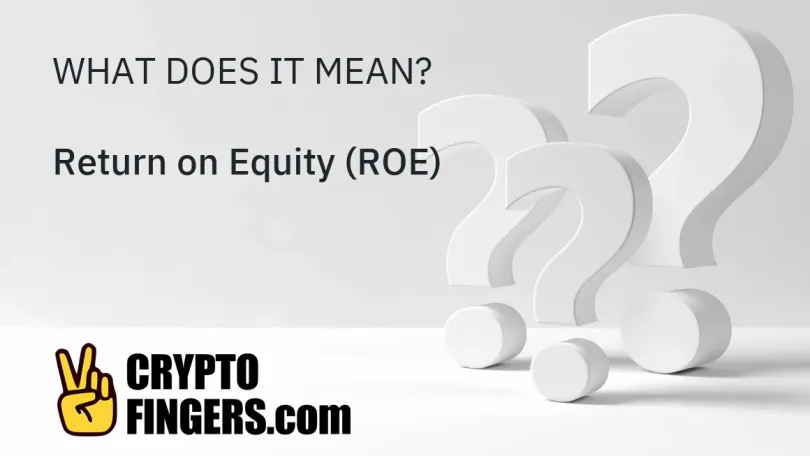⁝⁝⁝
Blockchain & Crypto Glossary
Ride is a functional programming language built to develop decentralized applications (dApps) and smart contracts on the Waves platform. Ride was constructed to address many of the most..
As the ERC-20 governance token of the Rarible platform, RGT allows its holders to vote on changes to the platform and submit their own proposals to influence its development.
Return on investment (ROI) is a measurement that is used to gauge the performance and profitability of an investment by comparing its current value to its initial cost. ROI is often..
Return on equity (ROE) is a system used to determine profitability versus stockholder equity. ROE is generally determined by dividing net income by the total amount of equity. When ROE is..
Return on Assets (ROA) is an indicator that is used to determine how profitable a company is relative to its total assets. This metric allows companies and other organizations to determine..
Retrieval miners, along with storage miners, are the two key components that make up Filecoin's decentralized market structure. The Filecoin network benefits three main groups of users: (1)..
A retail investor is a non-professional investor that buys and sells securities, mutual funds, cryptocurrencies, or other investment assets through a traditional or online brokerage firm..
Sharding — also called horizontal partitioning — is a way to separate a network into multiple databases or networks. Resharding is the process of adjusting the number of shards in a data..
Reserve Rights (RSR) is the governance and utility token that contributes to the operational efficiency of the Reserve Protocol. RSR fluctuates in value — unlike its stablecoin counterpart..
Reserve (RSV) is one of three tokenized assets that help ensure the operational efficiency of the Reserve Protocol. RSV is a stablecoin that acts as a digital representation of a fiat..
⁝⁝⁝
Trending news
- Artificial Intelligence (AI)
- Altcoins
- Bitcoin
- DeFi
- Ethereum
- Economy
- Market and Events
- Metaverse
- Mining
- NFT
- Regulation
- Web3
- show less
⁝⁝⁝ Test your knowledge



























